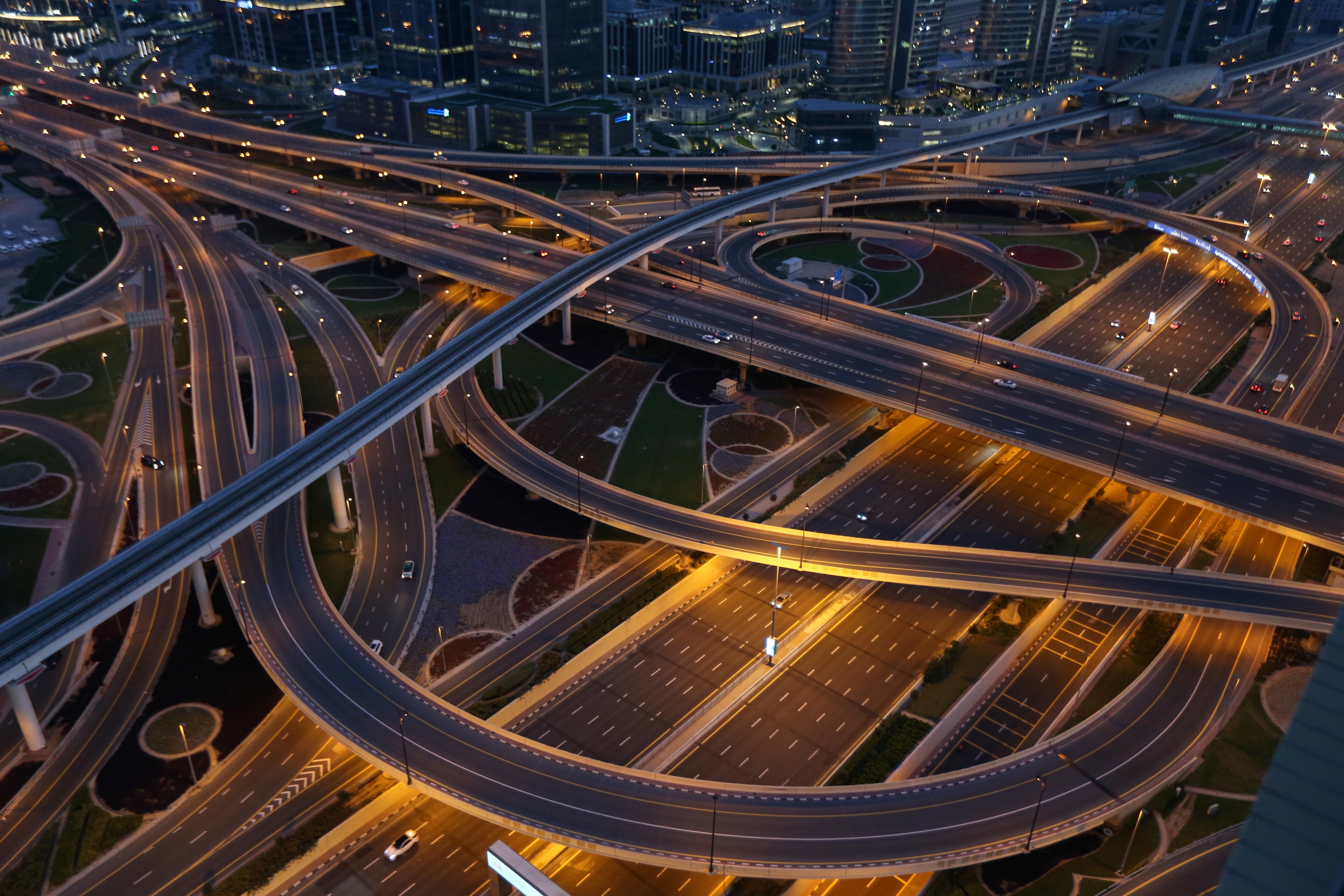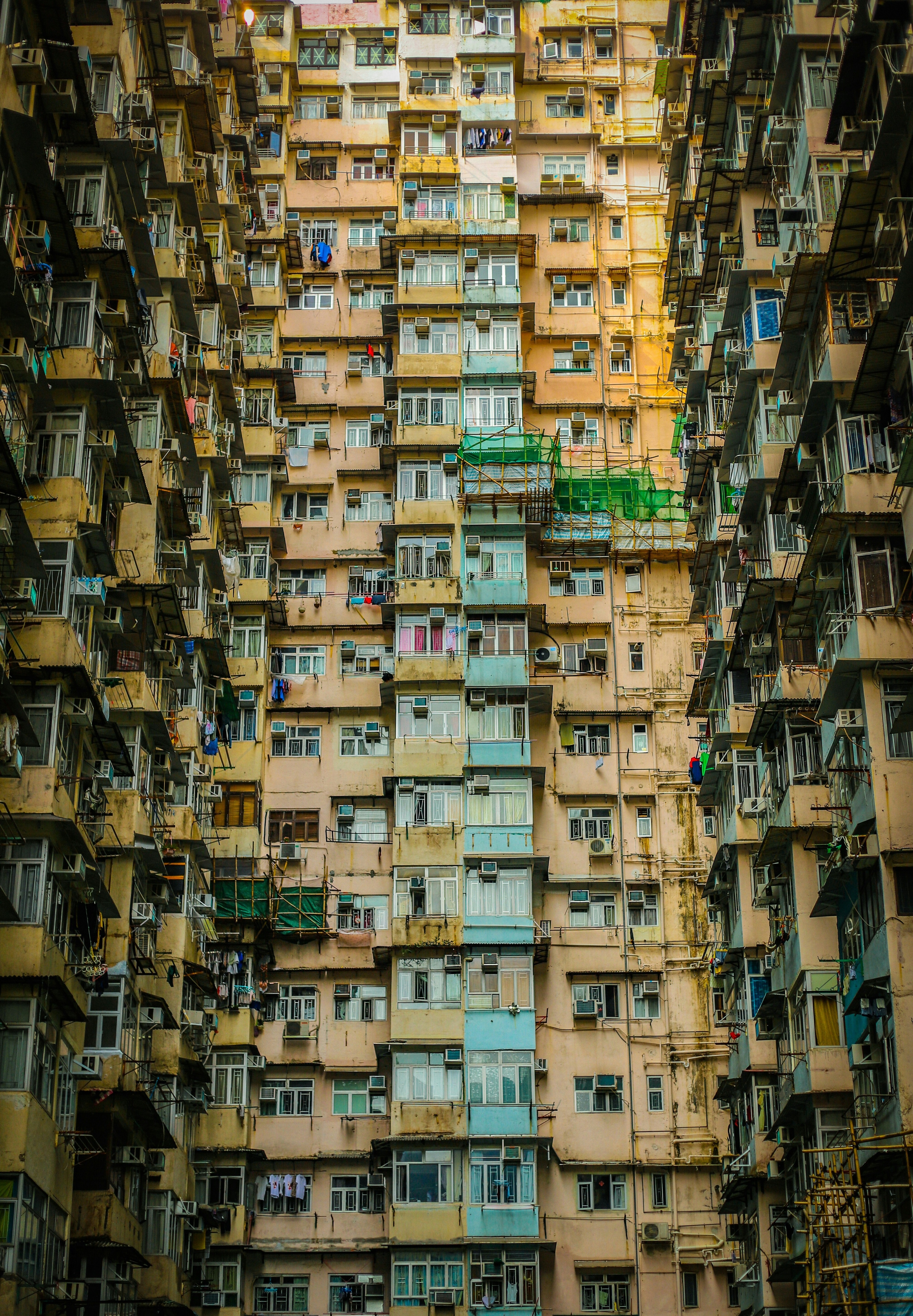Swiss Cheese concrete can help beat the heat

Special permeable concrete pavement will help reduce the urban heat island effect.
Image: REUTERS/Brian Snyder
Stay up to date:
Cities and Urbanization
Impermeable pavement made of concrete or asphalt covers more than 30 percent of most urban areas and can exceed 140 degrees Fahrenheit in the summertime. It heats the air, posing human health risks, and surface runoff, threatening aquatic life.
In cities with 1 million or more people, average air temperatures can be 1.8 to 5.4 degrees Fahrenheit higher than in less densely populated areas. The difference can be up to 22 degrees at night. The heat can increase peak demand for energy in the summertime, air conditioning costs, air pollution, and greenhouse gas emissions, heat-related illness and deaths, and water pollution, according to the US Environmental Protection Agency.

The researchers developed designs for permeable concrete that is highly effective in handling heat. Permeable pavement contains large connected pores, allowing water to drain through and reducing pavement temperature. Water in pores will also evaporate, reducing pavement surface temperature. Moreover, permeable concrete pavement does a better job reflecting heat than asphalt pavement.
The study in the Journal of Cleaner Production finds that permeable concrete pavement gives off slightly more heat on sunny days compared with conventional concrete pavement, but 25 to 30 percent less heat on days after rainfall. The engineers improved the design of permeable concrete with high thermal conductivity—meaning it can transfer heat more quickly to the ground—further reducing heat output by 2.5 percent to 5.2 percent.
“Highly efficient permeable concrete pavement can be a valuable, cost-effective solution in cities to mitigate the urban heat island effect, while benefitting stormwater management and improving water quality,” says corresponding author Hao Wang, an associate professor in the civil and environmental engineering department in the School of Engineering at Rutgers University-New Brunswick and an affiliated researcher at the Center for Advanced Infrastructure and Transportation.
Incorporating industry byproducts and waste into permeable concrete can increase its economic and environmental benefits. In another study in the Journal of Cleaner Production, Wang’s team designed permeable concrete with fly ash and steel slag to reduce the costs, energy consumption, and greenhouse gas emissions linked to raw materials.
Previously, permeable pavement has been used as green infrastructure to reduce stormwater runoff and flooding risk in urban areas. Today, permeable concrete is mainly used in lightly trafficked areas, such as sidewalks, parking lots, and rest areas. The researchers are studying how to make permeable concrete stronger and more durable so it can be used in urban streets.
Additional researchers from Rutgers, the New Jersey Department of Transportation, and Central South University in China contributed to the work.
Don't miss any update on this topic
Create a free account and access your personalized content collection with our latest publications and analyses.
License and Republishing
World Economic Forum articles may be republished in accordance with the Creative Commons Attribution-NonCommercial-NoDerivatives 4.0 International Public License, and in accordance with our Terms of Use.
The views expressed in this article are those of the author alone and not the World Economic Forum.
Forum Stories newsletter
Bringing you weekly curated insights and analysis on the global issues that matter.
More on Urban TransformationSee all
Luis Antonio Ramirez Garcia
August 11, 2025
Michael Fröbel and Stanislas Hillen
August 8, 2025
Jeff Merritt and Vivian Brady-Phillips
July 25, 2025
Muhammad Hassan Dajana and James Balzer
July 22, 2025
Olivia Nielsen
July 16, 2025




